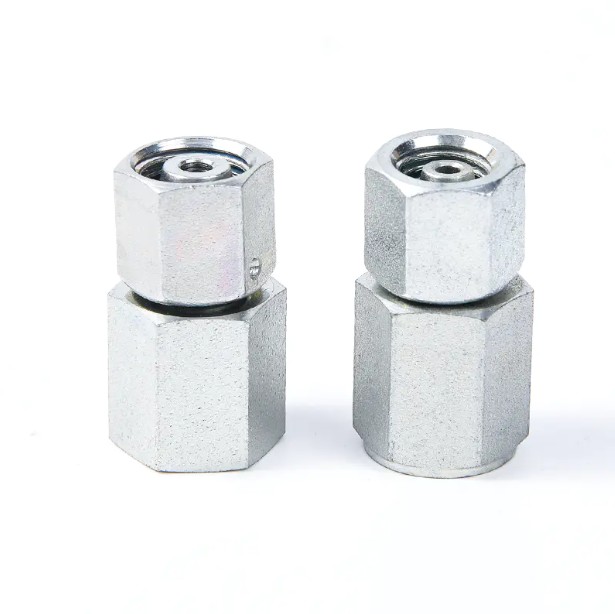Pressure gauge connectors are essential components in various industrial applications where accurate pressure measurement is required. These connectors play a crucial role in transmitting pressure from the process to the pressure gauge for monitoring and control purposes. While pressure gauge connectors are typically designed to operate within specific temperature ranges, they can be adapted for use in extreme temperature conditions with appropriate modifications and considerations.
Extreme temperature conditions, whether extremely high or low, pose significant challenges for pressure gauge connectors. High temperatures can cause expansion, distortion, or degradation of materials, while low temperatures can lead to brittleness, reduced flexibility, or freezing of fluids. Adapting pressure gauge connectors for extreme temperature conditions requires careful selection of materials, design considerations, and engineering solutions to ensure reliable performance and durability.
For applications involving high temperatures, pressure gauge connectors can be adapted by using materials that can withstand elevated temperatures without compromising performance. Stainless steel, Inconel, Monel, and certain grades of alloys are commonly used in high-temperature environments due to their excellent heat resistance and mechanical properties. These materials offer superior strength, corrosion resistance, and thermal stability, making them suitable for extreme temperature conditions.
In addition to material selection, the design of pressure gauge connectors can be optimized to enhance performance in high-temperature environments. Specialized sealing materials, such as high-temperature elastomers or graphite gaskets, can be employed to ensure a reliable seal between the connector and the process connection, even at elevated temperatures. Furthermore, the design of the connector itself can be modified to minimize heat transfer and thermal expansion, reducing the risk of leakage or structural damage.
In extreme cold temperatures, pressure gauge connectors must be adapted to prevent freezing of fluids or damage due to brittleness. Insulating materials, such as thermal jackets or heat tracing, can be used to maintain fluid temperatures above freezing and prevent viscosity changes or blockages in the connector. Additionally, materials with low-temperature resistance, such as certain plastics or elastomers, can be employed to ensure flexibility and durability in cold environments.
In some cases, specialized coatings or treatments may be applied to pressure gauge connectors to enhance their performance in extreme temperature conditions. For example, ceramic coatings can provide thermal insulation and protection against corrosion, while anti-corrosion coatings can prolong the lifespan of connectors exposed to harsh environments.
Furthermore, proper installation and maintenance practices are essential to ensure the reliable operation of pressure gauge connectors in extreme temperature conditions. Regular inspection, lubrication, and replacement of worn or damaged components can help prevent failures and ensure the longevity of connectors in challenging environments.

 EN
EN  中文简体
中文简体












